Your love letter from Portugal
Subscribe to the monthly Olá Daniela newsletter and receive the latest stories
When people talk about Lisbon they mention the amazing light. Maybe it’s the seemingly endless deep blue skies or the way the sun’s rays bounce off the gleaming tiled buildings, washing the streets with a soft glow. Either way, Europe’s second oldest capital city (after Athens) certainly charms.
Those that take the chance to leave the city limits will discover a region jammed with stunning nature, some of Europe’s best beaches and history like no other. From fishing villages to castles and UNESCO gems, a day trip into the Greater Lisbon region might take you to magical Sintra, Ericeira, Cascais, Costa da Caparica, Sesimbra, Setúbal and Palmela.
Spend a few days catching trams, eating pastel de nata and snapping tiles in the city of seven hills. Essential 48-hour guide here.
Lisbon’s best day trip is Sintra, a UNESCO heritage village with half a dozen palaces and a Moorish castle set within a mysterious mountain microclimate.
The further south you go, the nicer it gets. The beaches of Costa da Caparica are a favourite among Lisboetas, but my favourites are within Arrábida Natural Park.
Home to Portugal’s official World Surfing Reserve, this cute white-washed village is all about excellent seafood, cool cafes and yoga.
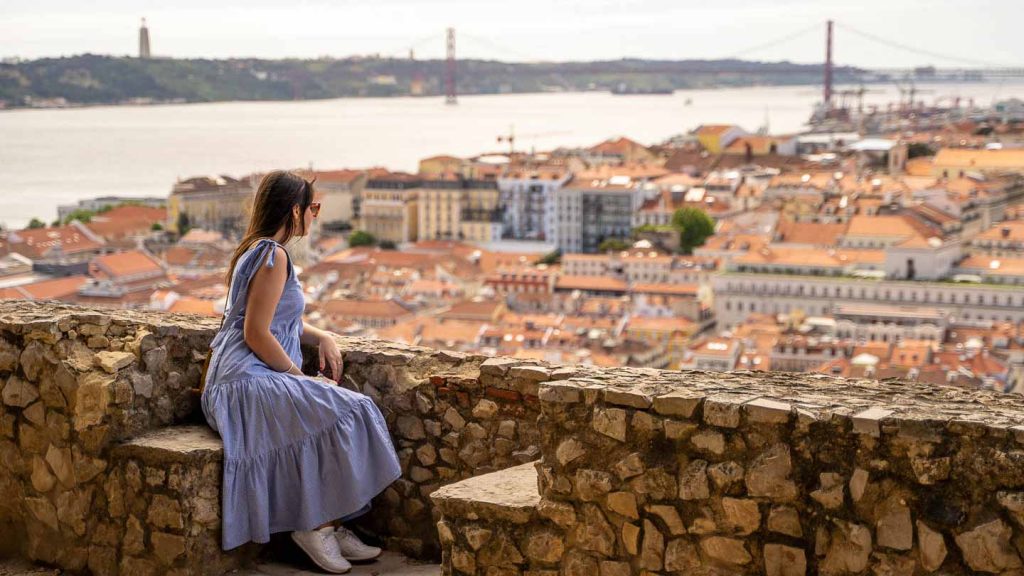
Sunset tip… Lisbon is the city of seven hills and every peak seems to have a viewpoint or park. Take advantage of Lisbon’s brilliant weather and make one of its 30+ lookouts your spot for sunset. My favourite is Miradouro de Santa Luzia… and I’ve rounded up a list of the best viewpoints in Lisbon here.


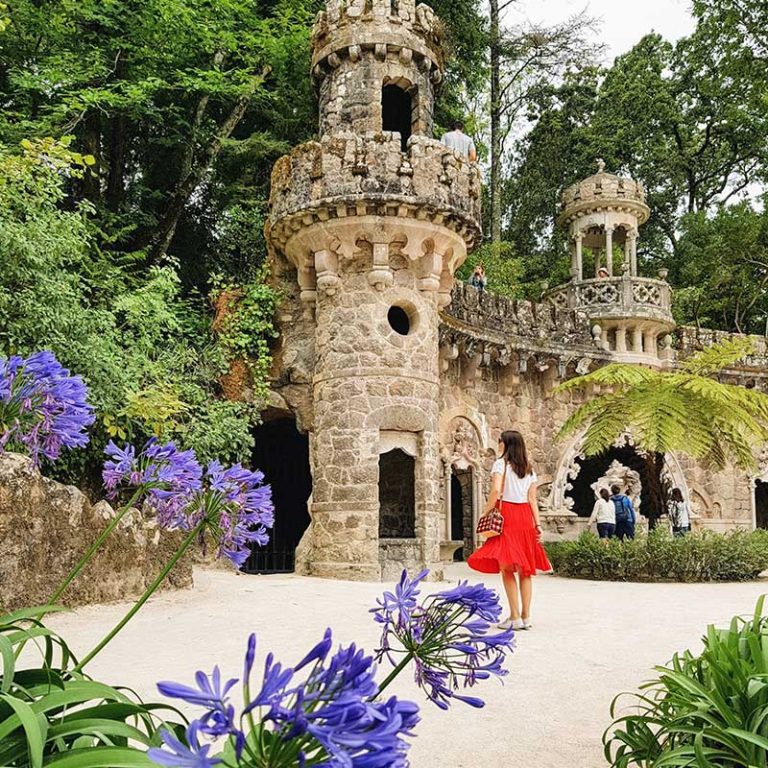
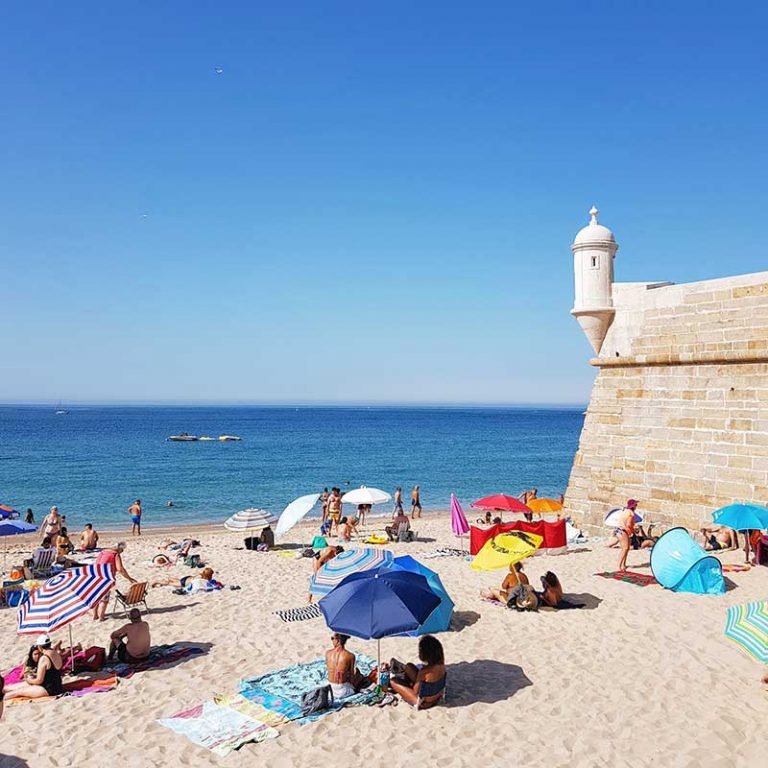

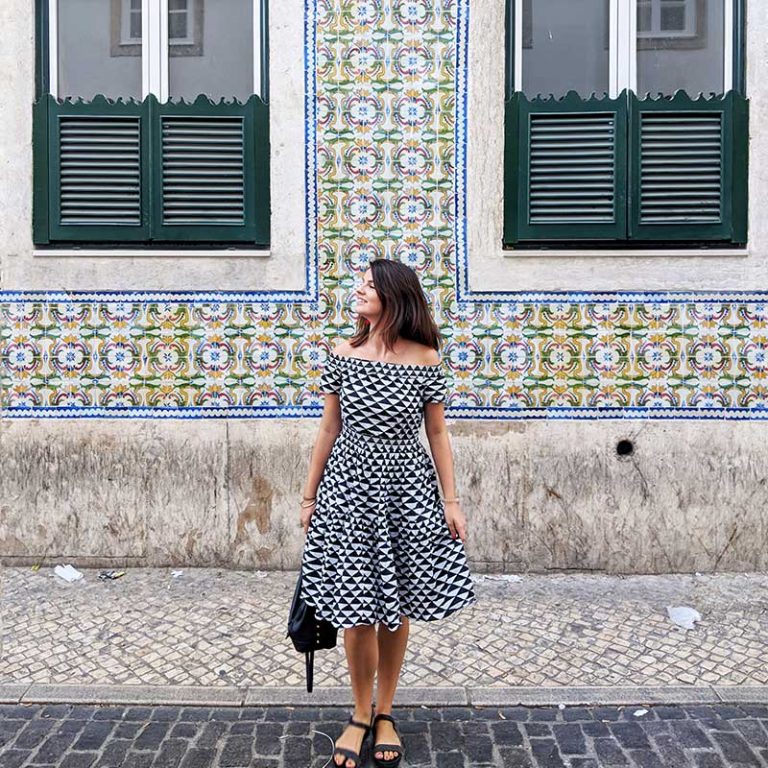
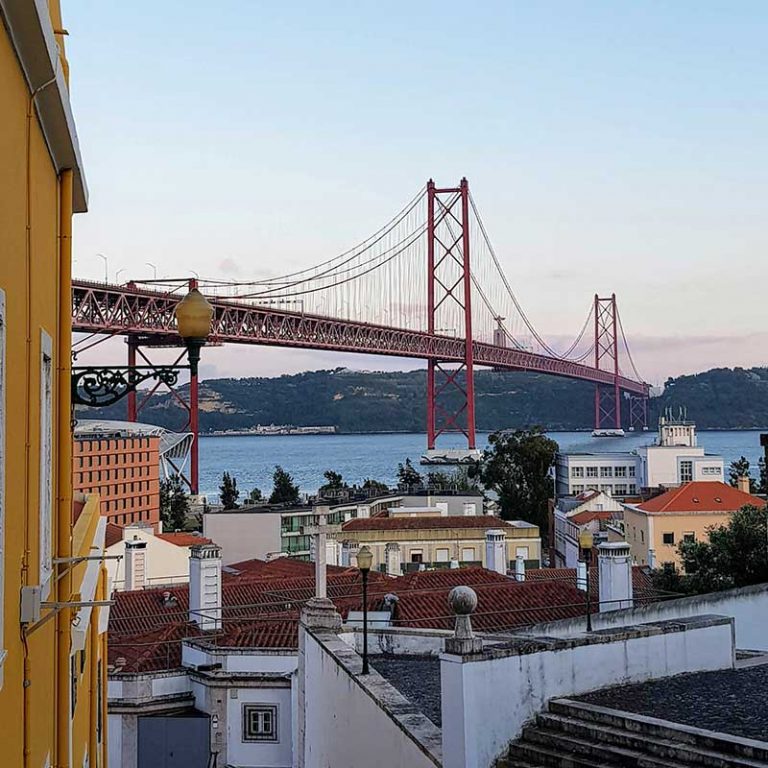
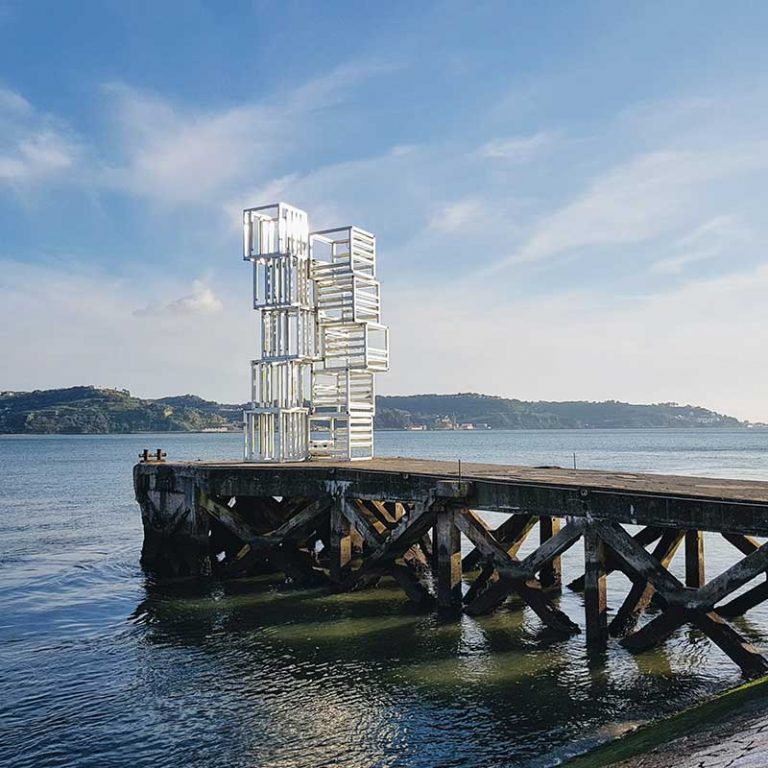
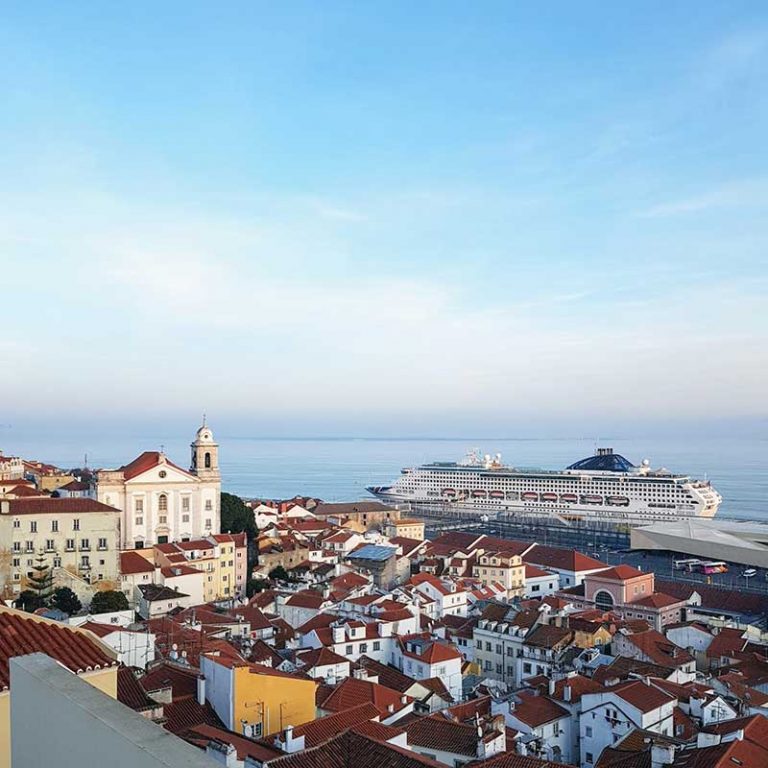
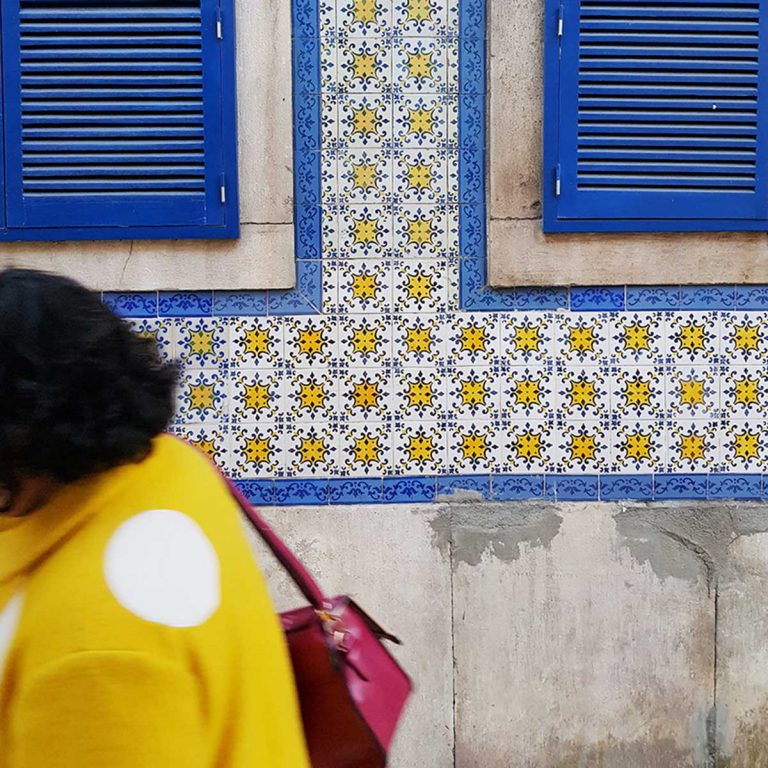

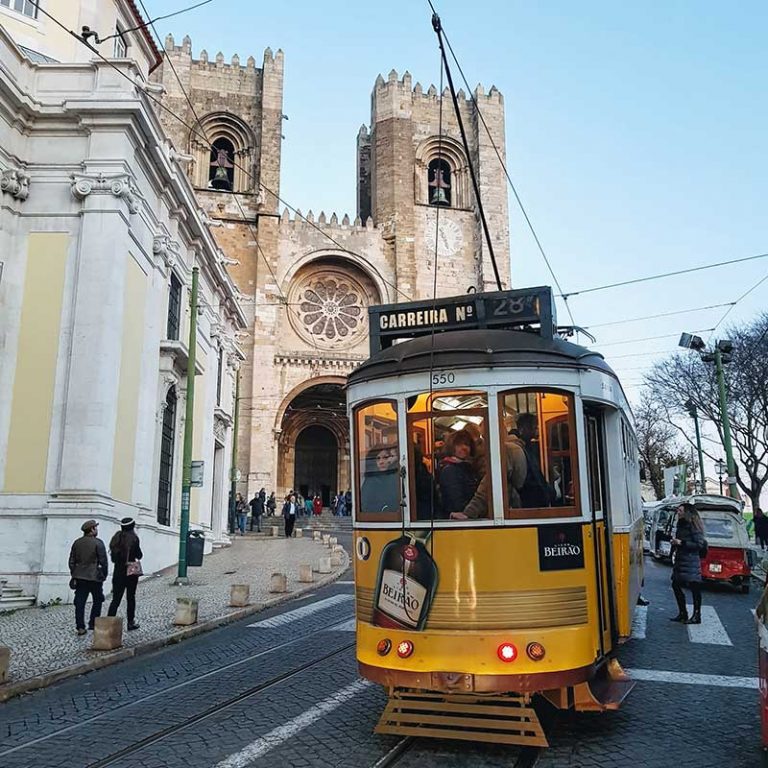
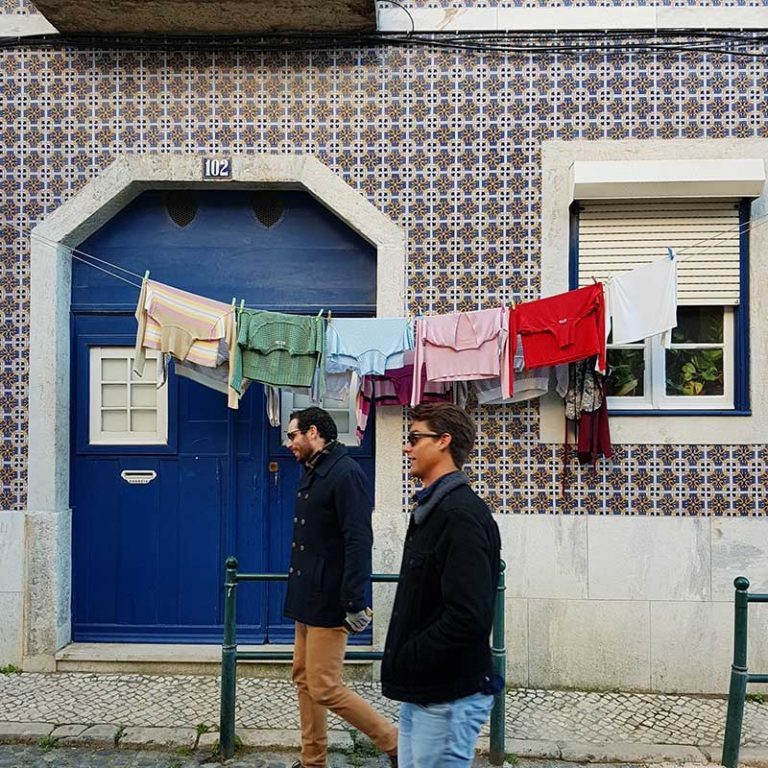
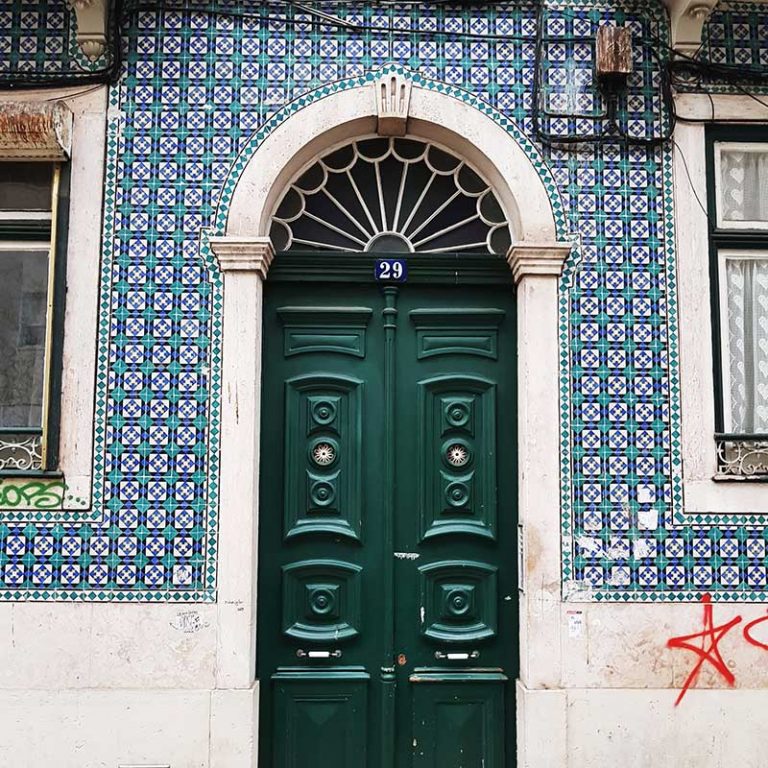
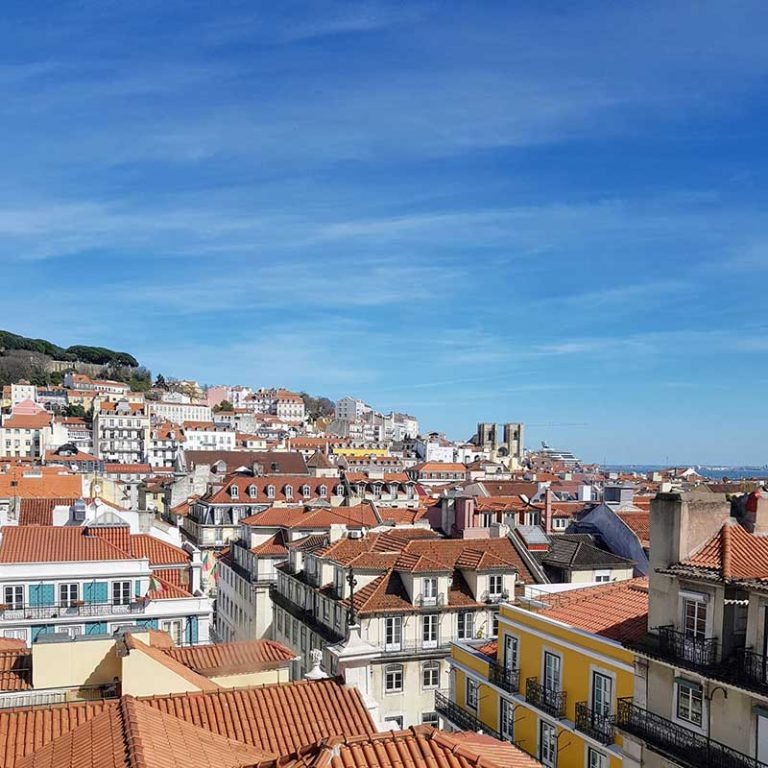

In Lisbon it’s more about where not to stay. If you like to sleep before 4am, avoid the suburbs of Bairro Alto and Cais do Sodre. Historic neighbourhoods like Alfama, Mouraria and Castelo are super cute, but be prepared to potentially carry your suitcase up cobbled staircases where there is no road to your front door (not fun). Places like Baixa, Chiado, Principe Real and Avenida Liberdade make a good base for exploring and it’s easy to walk everywhere. Lisbon is a great central location to explore the wider region too, and you can easily take day trips surrounding destinations like Sintra and Cascais.
Lisbon is a brilliant city for eating. While here you absolutely must try some of the city’s great Portuguese modern restaurants, cheap tascas and cool hangouts. Of course, if you’re travelling around the country and are craving international flavours, Lisbon is where you’ll find that. I’ve written an article covering my favourite restaurants and tascas in Lisbon here, a guide to street food in Lisbon, and where to find the best octopus dishes.
The public transport system around Lisbon uses the same Navegante card. You can purchase one for 50c using the machines at metro or train stations. Top it up with ‘zapping’ credit. The metro, bus or tram cost approximately €1.30-50 per ride and trains or ferries are more expensive, depending on where you are going. The card saves your money when you travel – if you pay cash a bus cosst €2.10 (2024 price). Trains will take you to the beaches along the Cascais line or out to Sintra. South of the river is technically no longer Lisbon and they use a different transport card and system.
If you plan to hit a lot of museums, the “Lisbon Card” is an amazing value pass that offers 24, 48 or 72-hour access to stacks of galleries, museums, and sights, plus unlimited access whole Lisbon transport network. One day starts around €20, so if you visit two or more sights or museums in a day and use public transport then you’ll gain serious value from the card. Even as a local I buy the card and plan a cultural weekend in Lisbon as it saves me so much money.
Everything you need to know about beautiful Lisbon
Subscribe to the monthly Olá Daniela newsletter and receive the latest stories
Olá Daniela is a Portugal-focused travel blog by Australian travel and food writer Daniela Sunde-Brown.
Daniela shares free Portugal guides and articles to help travellers go deeper and explore further.
© Olá Daniela – Daniela Sunde-Brown 2025 – Disclaimer & Privacy Policy